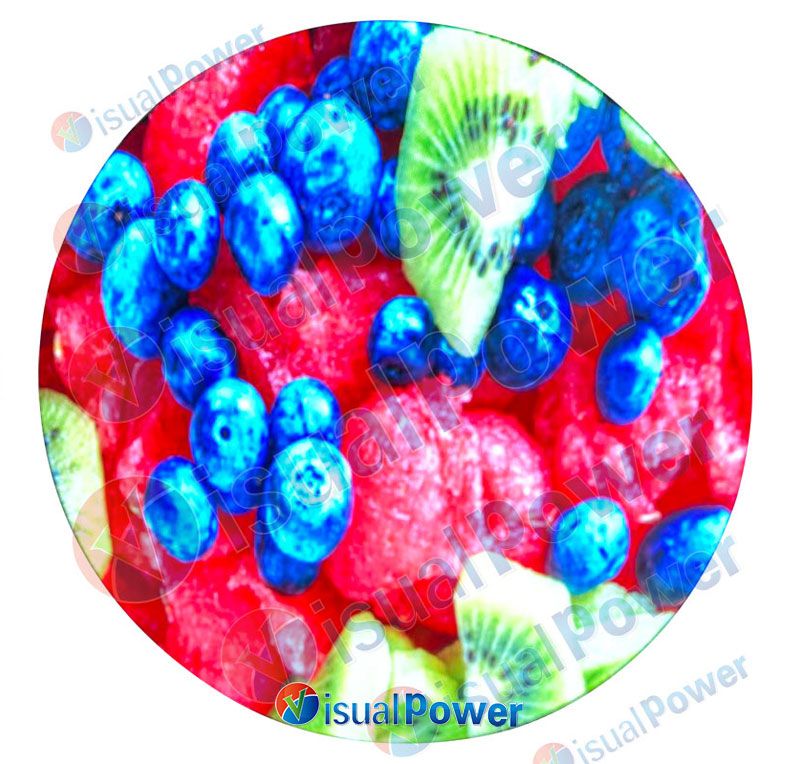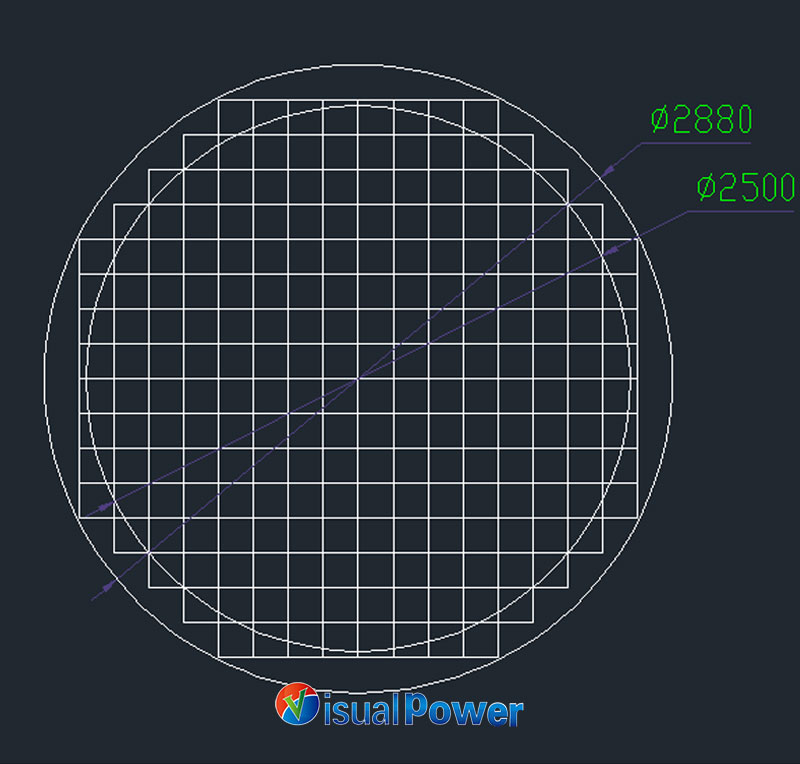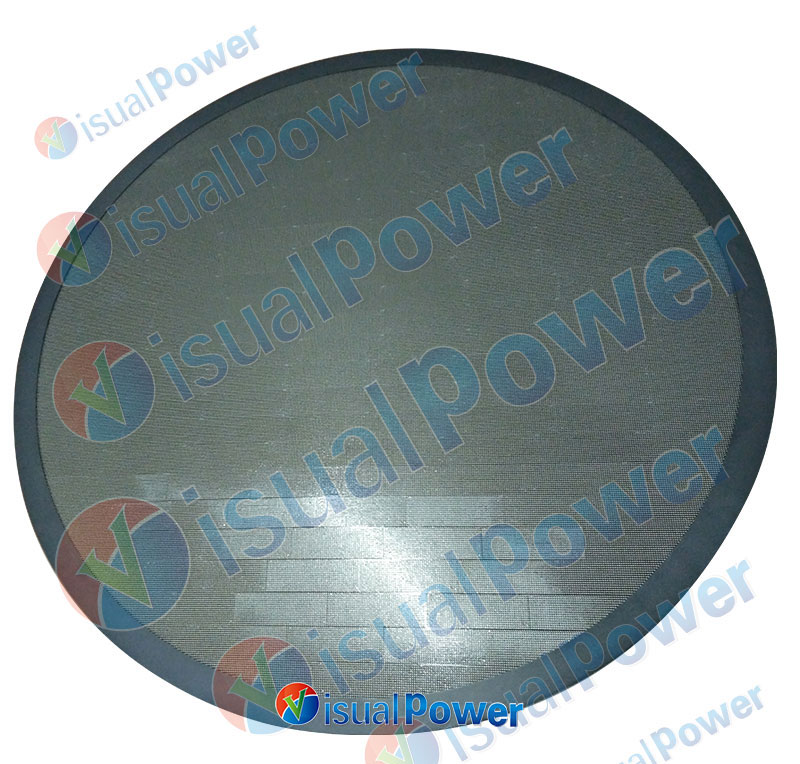Catégories
- Nouvelles (60)
- étude de cas (6)
I’m not in a hurry to make a judgment on any novel display technology, especially those categories that can be immediately recognized as “born to attract attention”. affichage LED rond is undoubtedly one of them.
At first, I really didn’t take it seriously. The mission of a screen should be to “convey information”, but you insist on making it round. This makes it hard for me to believe that your purpose is not to attract attention. Mais c'était juste mon préjudice jusqu'à ce que je commence à entrer en contact avec les projets qui étaient vraiment “à mon goût”.
Dans ce type de projet, L'écran LED circulaire ne vole pas le spectacle. Il brise simplement la structure linéaire de l'espace de manière appropriée, Créer une pause ou une transition pour la scène. Dans les mots d'un ami, c'est “Une existence sans bruit”.

Vente au détail haut de gamme, la “arme silencieuse” Dans le monde du design
La première fois que j'ai sérieusement évalué l'écran Round LED, c'était dans la boutique phare d'une marque de montre de luxe. Cet écran circulaire est intégré dans le mur personnalisé. Ce n'est pas grand, Mais il s'adapte parfaitement aux éléments en métal en cuivre dans l'espace. Le contenu est une animation d'une structure mécanique rotante lente sans presque aucun texte. Personne ne s'est arrêté longtemps, Mais personne n'a fait non plus le remarquer.
Du point de vue commercial, Cette façon d'utiliser est très intelligente. It doesn’t promote directly but continuously deepens the brand atmosphere. Even better, it hardly interferes with the movement lines of the on-site personnel.
This is not a function-oriented application, but a tool for shaping one’s temperament.
Exhibition and cultural space, it is a non-verbal narrative tool
Later on, I saw it appear in museums, urban interactive exhibition halls and even airport corridors. Most people didn’t see the content clearly, but they would all remember “There was a round screen over there”. This is enough – because it is not designed for communication, mais pour “leaving a trace”.

Beaucoup de gens, upon seeing circular leds, immediately think of them as “shaped screens” and then take it for granted to categorize them as “creative displays”. But the problem is that it is not as flexible as you imagine.
The technical threshold is not low: Not everyone can make a real circle
The vast majority of so-called round LED screens are actually “simulated circles” – using polygonal modules to form a “cercle” in shape. It looks fine to the naked eye, but when the photo is zoomed in, the jagged edges, breakpoints and uneven brightness are all exposed. There are not many manufacturers that can truly achieve continuous seamless curved surfaces, and the cost is high and the construction period is long.
So if you want to use it as the main visual, it’s best to figure out the supplier’s production process in advance. Don’t just look at the renderings. Many visual presentations only exist in rendering. After landing, you can’t even achieve smooth edges and corners.
Content design is difficult: How to broadcast is more important than what to broadcast
Pour être honnête, creating content for a circular screen is a very tormenting thing. It doesn’t have clear up, down, left and right like a regular screen. How should graphics and text be arranged? Where does the information flow in and how does it fade away? Should one walk around the line of sight or guide the user to look still? De nombreux concepteurs ne les considèrent pas du tout. S'ils copient simplement la conception graphique, Ils sont voués à l'échec.
J'ai vu de nombreux écrans ronds dans les salles d'exposition d'entreprise, avec logos, Texte et graphiques entassés, ressemblant à un ballon publicitaire à 360 degrés. Les informations sont chaotiques et le rythme est rigide.
Le contenu qui convient vraiment à un écran circulaire “respiration”, où le rythme et la lumière ont priorité sur l'expression sémantique. Autrement dit, La conception de cet écran ne consiste pas à faire des gens “see clearly”, but about making people “remember”.

In a space, squares, rectangles, rectangles… It can be seen everywhere. Vision has long formed an “ignoring mode” towards such structures. If you put an ordinary right-angled screen there, unsurprisingly, no one will care.
But if you place a round one, it automatically becomes the only “non-right-angle object” in the space, which is sufficient to make it the visual focus. Even if you don’t broadcast anything, it is still a signal transmitter – Il dit au public: “Ici, C'est l'objectif de la scène.”
Notez que c'est le “se concentrer”, pas le “protagoniste”.
Cela ne dépend pas du budget, la taille de l'espace, ou même la richesse du contenu, Mais sur une question:
Avez-vous besoin de créer un “pause” dans l'espace?
L'affichage LED rond est adapté pour servir de “noyau non narratif” nœud visuel. Ce n'est pas un outil pour les gens d'obtenir des informations, mais un appareil qui interfère avec la logique visuelle habituelle. Si bien utilisé, il peut réécrire tranquillement le rythme de la scène. Si ce n'est pas utilisé correctement, c'est comme une robe portée pour la mauvaise occasion – ostentatoire et maladroit.
Basé sur mon expérience personnelle, à présent, Il n'y a pas beaucoup de systèmes de contrôle qui peuvent soutenir de manière stable l'épissage des structures irrégulières, Compatibilité avec les systèmes synchrones, et la lecture dynamique logique du contenu. Une fois, Après avoir comparé plusieurs solutions dans un projet de tourisme culturel, Nous avons finalement adopté le module de synchronisation de contenu dynamique circulaire pris en charge par la solution technique VisualPower. En termes d'expérience, il a en effet résolu les points de douleur que nous avons rencontrés auparavant, tel que “retard de démarrage” et “écran divisé”. Cela ne veut pas dire que c'est le seul meilleur, Mais j'ai en effet ressenti le “douceur” apporté par la combinaison de la technologie et de l'art dans la pratique.
L'affichage LED rond n'est pas un produit tendance, nor is it a mandatory option. It is only suitable for those who have a clear understanding of “experiencing rhythm”, and is used to create buffer zones, emotional arcs or visual pause points in space.
It is silent, yet precise. It doesn’t forcefully push information but strengthens memory. If you understand this, then it’s time to consider using it, not for decoration but to let the scene speak.